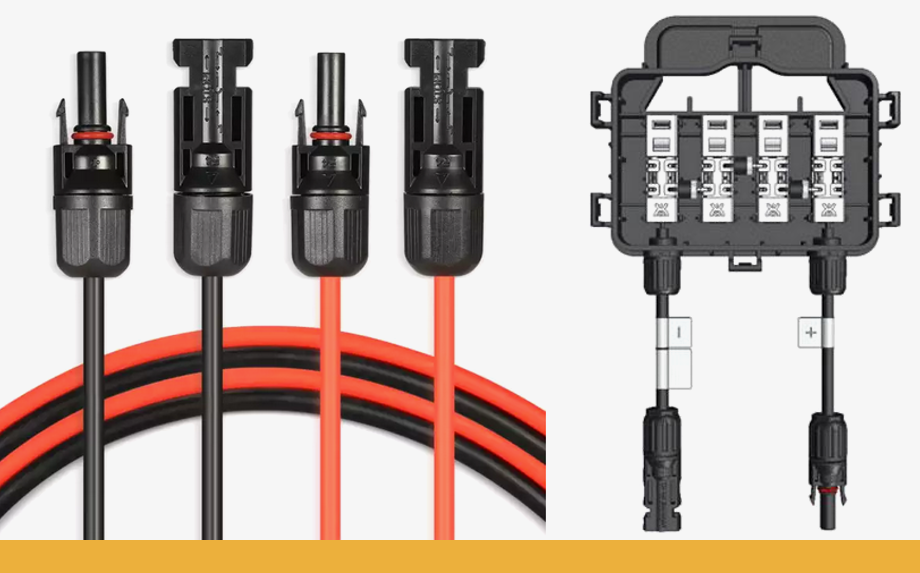Choosing the right solar panel junction boxes and connecting wires is crucial to ensure the safety, performance, and longevity of your solar energy system. Here are some guidelines to help you make informed decisions.
- Solar Panel Junction Boxes:
- a. Type of Junction Box:
- Solar panels typically come with either pre-installed junction boxes or the option to add them. Pre-installed junction boxes are often recommended as they are specifically designed and tested by the panel manufacturer for compatibility and safety.If you need to add junction boxes, ensure they are rated for outdoor use and designed for photovoltaic (PV) applications. Look for IP65 or IP67-rated boxes to protect against dust and moisture.
- Junction boxes may include bypass diodes to prevent hotspots and improve the overall performance of your solar array, especially in cases of partial shading.Ensure that the junction boxes you choose have the appropriate diodes for your system requirements.
- Choose junction boxes with the correct number of inputs to accommodate the number of solar panel strings or wires you plan to connect. Different panel models may have different configurations.
- Opt for reputable brands and products known for their quality and reliability. This is essential for the long-term durability of your solar panels and the safety of your system.
- Ensure that the junction boxes have compatible connectors or terminals for the wires or connectors used in your solar installation. Common connector types include MC4, MC3, and Tyco Solarlok.
- a. Type of Junction Box:
- Connecting Wires:
- a. Wire Type:
- Choose photovoltaic (PV) or solar-specific wires designed for outdoor use. These wires are typically rated for sunlight exposure, moisture resistance, and UV resistance.Wires should comply with industry standards such as UL 4703 or IEC 62930.
- Select the appropriate wire size (gauge) based on the current and distance involved in your solar panel connections. Larger systems with higher current may require thicker wires to minimize voltage drop.Consult the National Electrical Code (NEC) or local electrical codes for guidance on wire sizing.
- Calculate the required wire lengths for your specific installation, considering the distance between panels, junction boxes, and the inverter.Avoid excess wire length, as it can lead to energy losses and increase installation costs.
- Ensure that the wires have connectors that are compatible with your solar panels, junction boxes, and other system components. Common connector types include MC4 connectors.
- Wires may come in different colors (e.g., black and red) to denote positive and negative polarity. Follow the color coding conventions to ensure correct wiring.
- It’s advisable to have a qualified solar installer or electrician handle the selection and installation of connecting wires to ensure compliance with safety and electrical codes.
- a. Wire Type:
Always consult the manufacturer’s specifications and guidelines for your specific solar panels and components when choosing junction boxes and connecting wires. Additionally, adhere to local building codes and regulations to ensure the safety and compliance of your solar energy system.


